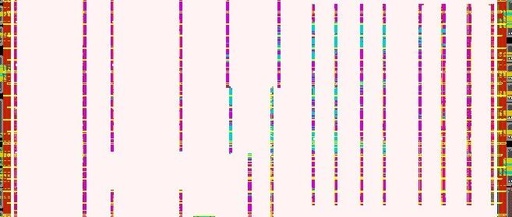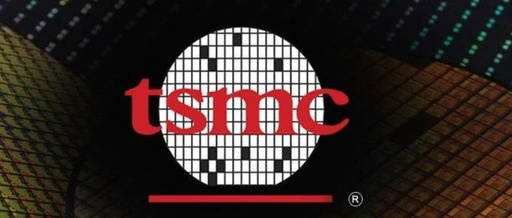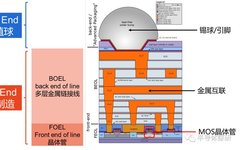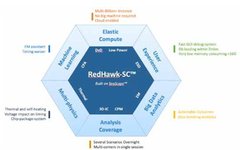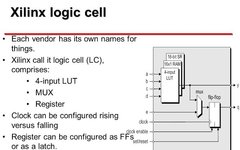16nm FinFET AI Chip Tape-Out Summary
This project began around the same time last year, and after a year of “process flow”, we finally received the PDK and digital library 20 days before tape-out. One cannot help but marvel at the efficiency of the team. It took a week to familiarize myself with the process, and the tape-out design was completed … Read more
